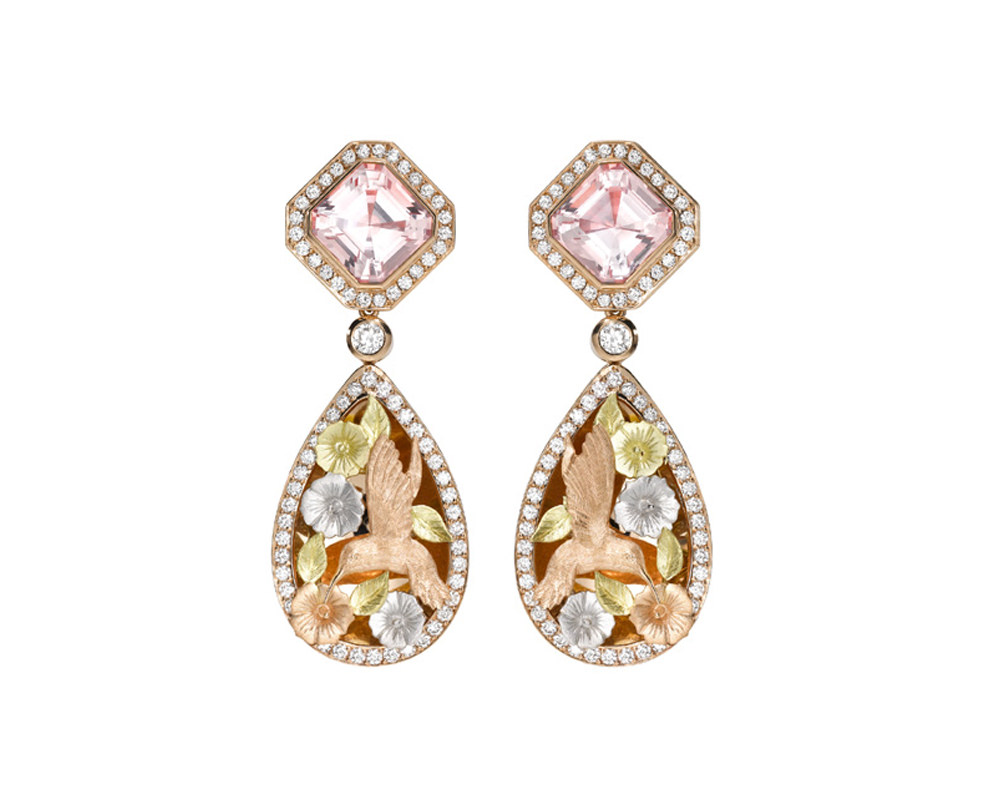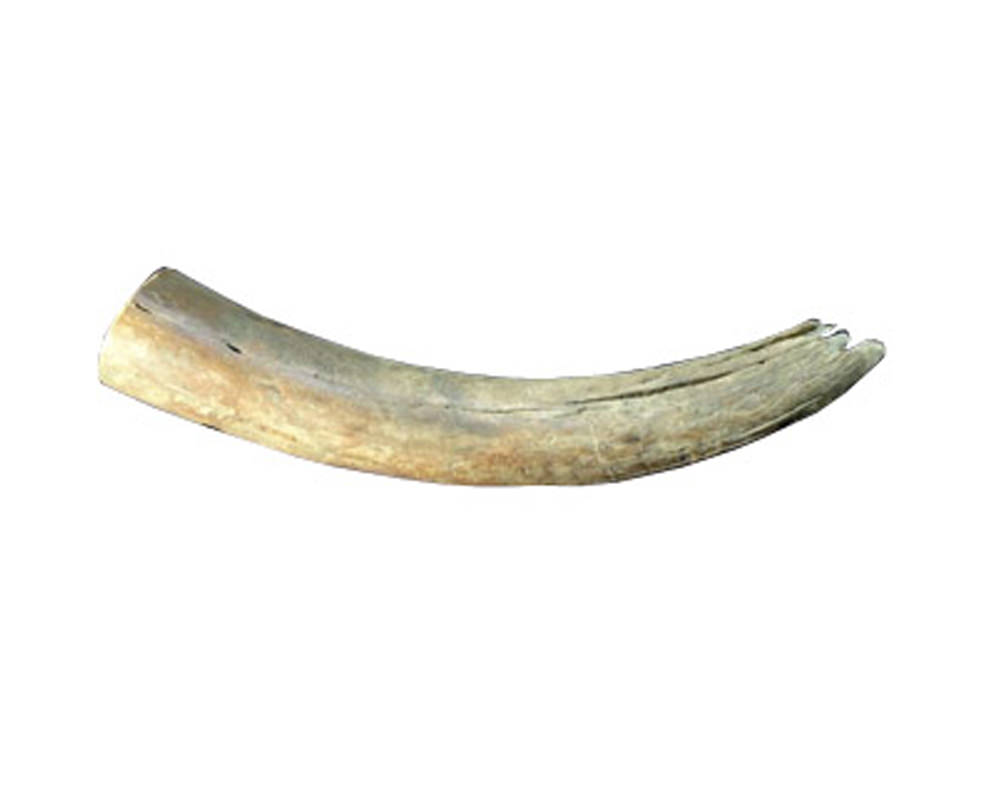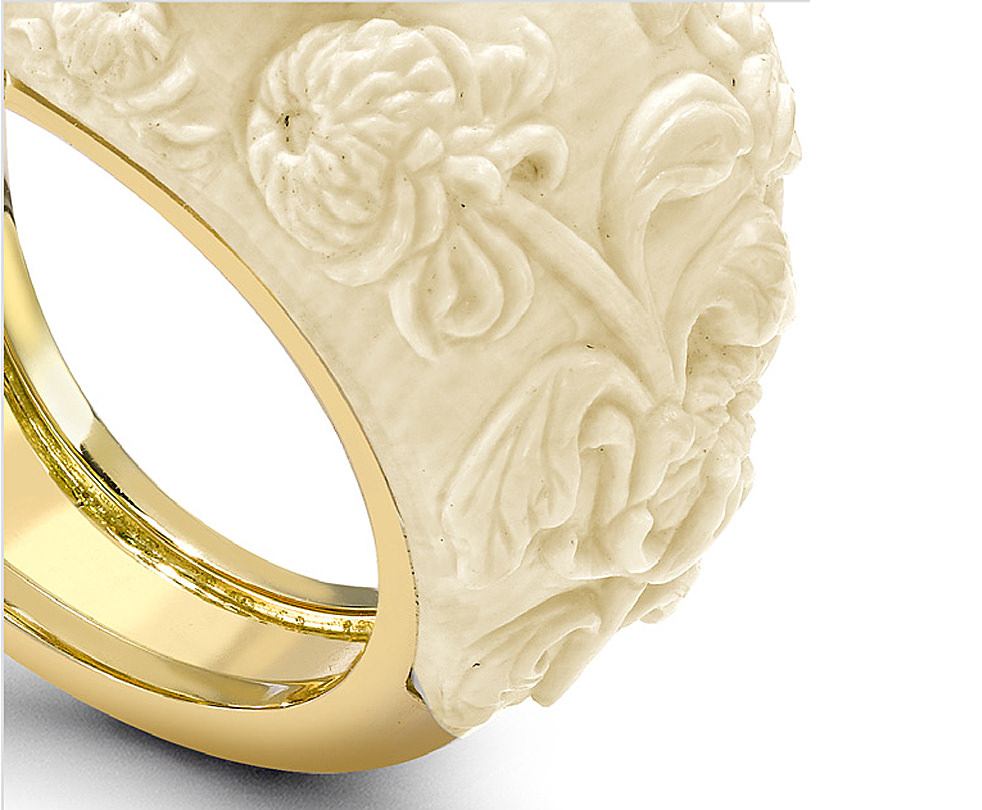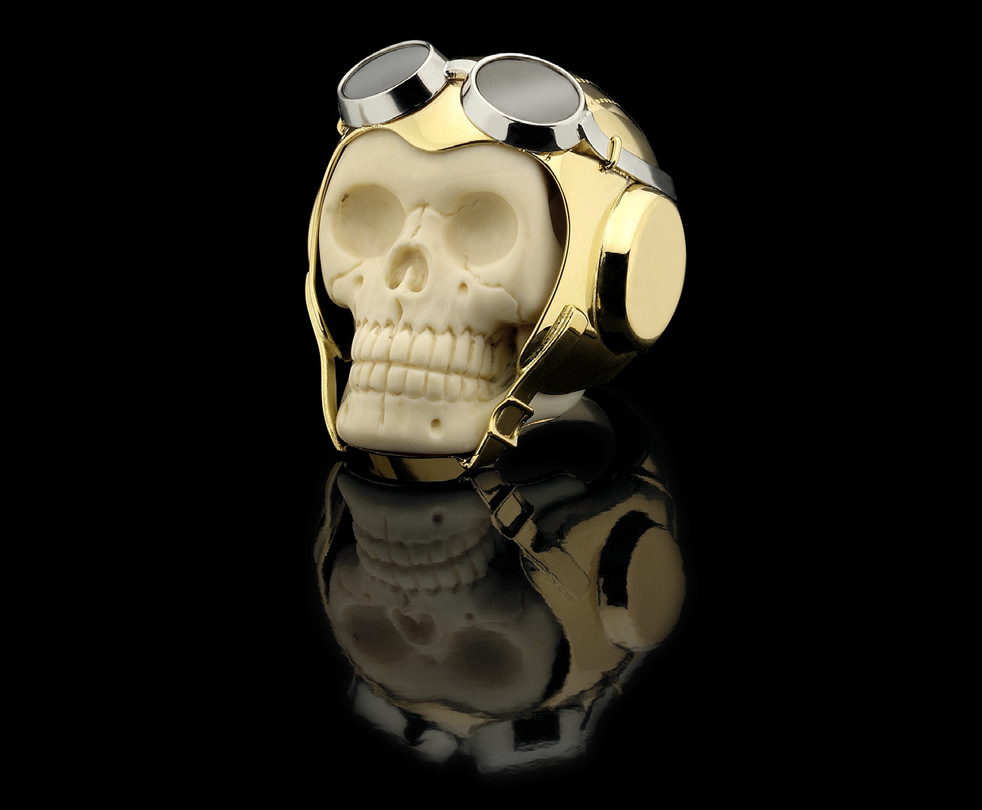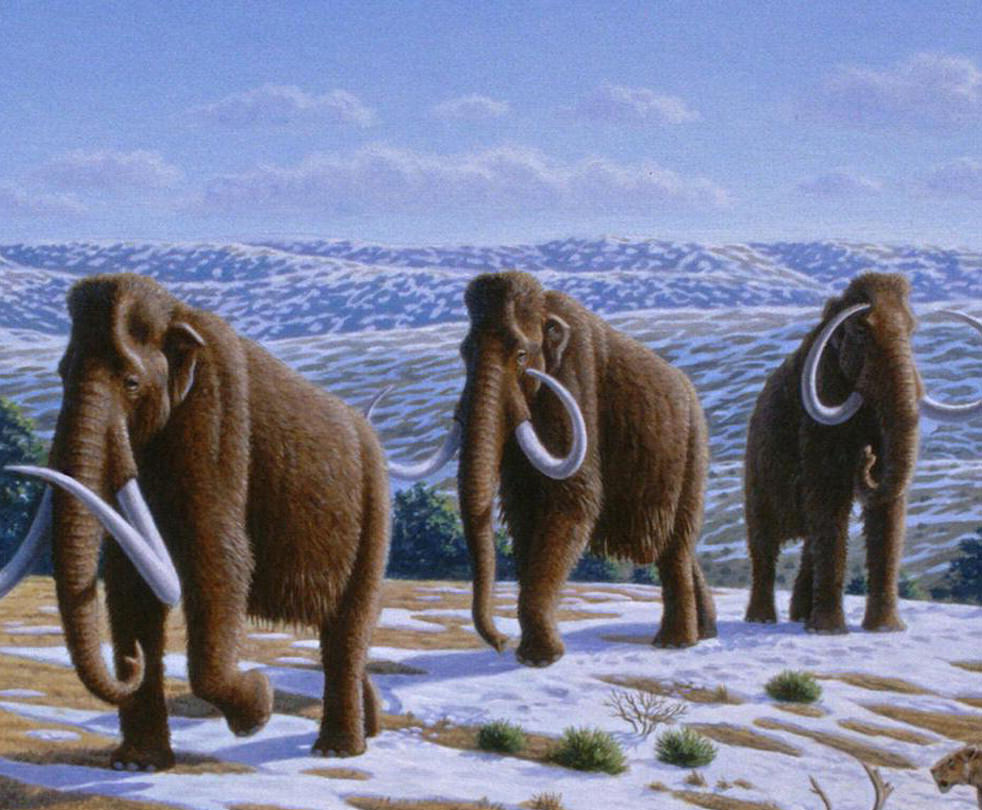This is the craftsman or woman, often referred to as a Goldsmith, that actually makes the body of a piece of jewellery. They fashion the piece for the setter to set stones into, the engraver to engrave, the enameler to enamel and the polisher to polish.
They are the person who follows the original artwork to achieve what the designer wants. As with all craftsmen, they are exceptionally talented artists in their own right and have supreme skills. They have been feted as the most talented of craftspeople for thousands of years.
Devised by the German mineralogist Friedrich Mohs (1773-1839), this scale is a practical method of comparing the different levels of hardness of different minerals and gems. It is measured in terms of the ability of a material to resist scratching by those above it in the scale. It is a table of 10 different minerals, arranged in order from Talc the softest at number 1 to Diamond the hardest at number 10.
It should be noted that the levels of hardness are relative and the difference in actual hardness is greater between numbers 9 and 10 than between 1 and 9!
Fact: As a comparison with some more usually encountered materials in terms of hardness:
- Graphite (pencil lead) – 1.5 Mohs
- A fingernail – 2.5 Mohs
- Window plate glass – 5.5 Mohs
- Steel file – 6.5 Mohs
These pretty stones, which are always on the pastel side and not strongly saturated, offer a soft and gentle colour to our palette. The colours are caused by tiny amounts of manganese in the crystals and the best examples are currently being mined in Brazil and Madagascar. The stones are frequently heated to enhance the pink tones which are the most popular.
Previously known only as Pink Beryl, it was re-christened in 1911 by the gemmologist G.F. Kunz and named in honour of the famous American banker John Pierpoint Morgan. Morgan was one of the most important gem collectors of the early 20th Century and made many generous donations to museums in both New York and Paris – so that’s how to get a stone named after you!
Description: Morganite is the pink member of the Beryl family and occurs in hues from the palest sugared almond pink through to rose, peach and salmon coloured stones, it is found in Madagascar.
Hardness: 7.5 – 8 on Mohs Scale
The best known and most desirable Moonstones are those with a near colourless, translucent body accompanied by a silvery blue sheen or reflection which appears to roam across the surface of the stone as it is turned and viewed from different angles.
They are usually cut as cabochons in order to best display this effect, which is called adularescence and results from a scattering of light caused by the internal structure of the stone. It has long been admired for its ethereal appearance and was particularly popular during the Art Nouveau period, when it was used to great effect.
Different cultures and societies have associated it with different values and properties, including the ability to foretell the future if you hold one in your mouth during a full moon – worth a try surely!
The stone leant its name to the first ever English detective novel by Wilkie Collins, called simply The Moonstone, although the stone in the story is actually a diamond whose brilliance was said to wax and wane with the light of the moon.
Description: Moonstone is the best known member of the Feldspar family and can occur in a variety of colours including white, yellow and brown, the most desirable stones have a blue-ish sheen to them and are found in Sri Lanka.
Hardness: 6 on Mohs Scale
Birthstone: June
Mammoth tusks are typically found deep frozen under the ice in Siberia where intrepid explorers spend the warmer months, which are obviously still bitterly cold, hunting these long-buried remains.
These mammoths’ tusks, which can exceed 13 feet in length, are steadily reemerging from the permafrost and are creating a prosperous trade that is benefitting the population of Arctic Siberia.
A single, good quality tusk can earn its finder a fortune.
A rich, creamy, opaque white in colour with tell tale curved banded markings, this material works beautifully for carvings and we use it in cufflinks, pendants and rings and for carving our iconic skulls.
Description: As its name suggests, this is ivory from the long extinct Woolly Mammoths who roamed the earth tens of thousands of years ago, it is excavated from under the ice in Siberia.
Hardness: 2.5 – 3 on Mohs Scale











